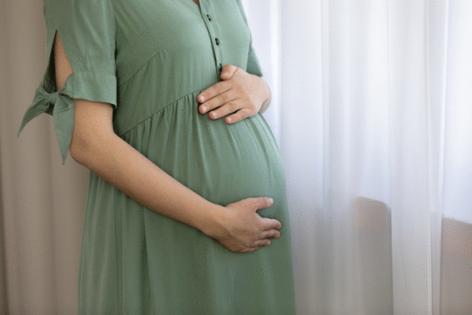Higher gun ownership rates lead to more gun homicides of pregnant women, new study says
Published in News & Features
Homicide rates among pregnant women increase with the rate of firearm ownership, according to a state-by-state study published this week in the medical journal JAMA Network Open.
Researchers found the firearm homicide rate for pregnant women was 37% higher than the rate for nonpregnant women. Suspected perpetrators were most often male for both pregnant and nonpregnant women.
The study builds on previous research showing that women are more likely to be killed when they are pregnant: Homicide is a leading cause of maternal death, with firearms involved in a majority of killings, according to previous research.
Researchers from Harvard Medical School and Boston Children’s Hospital analyzed data from 7,063 recorded homicides of women between 2018 and 2021 across 37 states.
Of those homicides, 434 victims were pregnant women. Black women made up a majority — 250 — of pregnant homicide victims, and about 78% of pregnant women were killed by a person using a firearm.
The team’s statistical analysis also found that for every 1% increase in state-level firearm ownership, there was a 6% increase in all-cause homicides in pregnant women and an 8% increase in firearm-homicide rates in pregnant women.
Louisiana had the highest rate of all-cause homicides in pregnant women. It also had the highest rate of killings in which a firearm was used, at 111 per one million live births, followed by Missouri, Alaska, West Virginia, South Carolina, Georgia and North Carolina.
“It is such an awful phenomenon that’s occurring in this country,” said Maeve Wallace, an epidemiologist and associate professor of public health at the University of Arizona. Wallace’s research has shown homicide to be a leading cause of pregnancy-associated death.
Wallace, who wasn’t involved in the new study, said it points to how lax firearm policies put women at risk.
“There’s been a real failure to address it at multiple levels, including in maternity care, in communities and addressing the ability for people to thrive and be safe and healthy,” she said.
Because there is insufficient data on state-level firearm ownership, the authors of this study and other researchers use “proxy” measures to estimate those figures, such as extrapolating from statistics on suicides by firearm.
Liz Tobin-Tyler, a professor at the Brown University School of Public Health who studies intimate partner violence, said pregnancy is “the most vulnerable time for intimate partner violence and homicide.”
The study “highlights the disproportionate risk of firearm-related homicide for Black women during pregnancy,” she said, “an often overlooked contributor to disparities in maternal mortality.”
She added that the fact that researchers only had information from 37 states points to the need for better state data collection and reporting on violence against women.
“With the cuts to federal agencies, like the [Centers for Disease Control and Prevention], this data will likely be even more difficult to obtain,” Tobin-Tyler said. “We cannot act on these problems if we do not document them.”
____
Stateline reporter Nada Hassanein can be reached at nhassanein@stateline.org.
©2025 States Newsroom. Visit at stateline.org. Distributed by Tribune Content Agency, LLC.







Comments